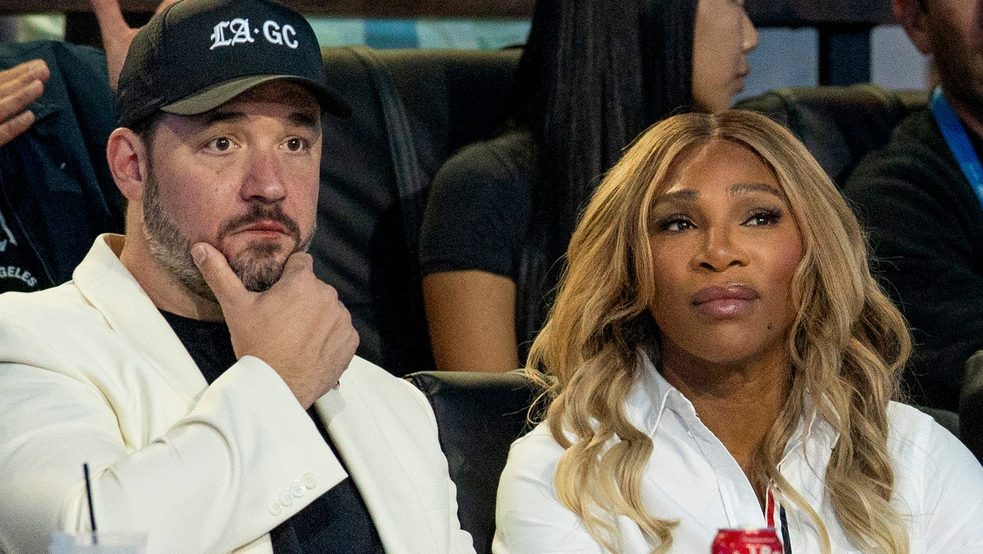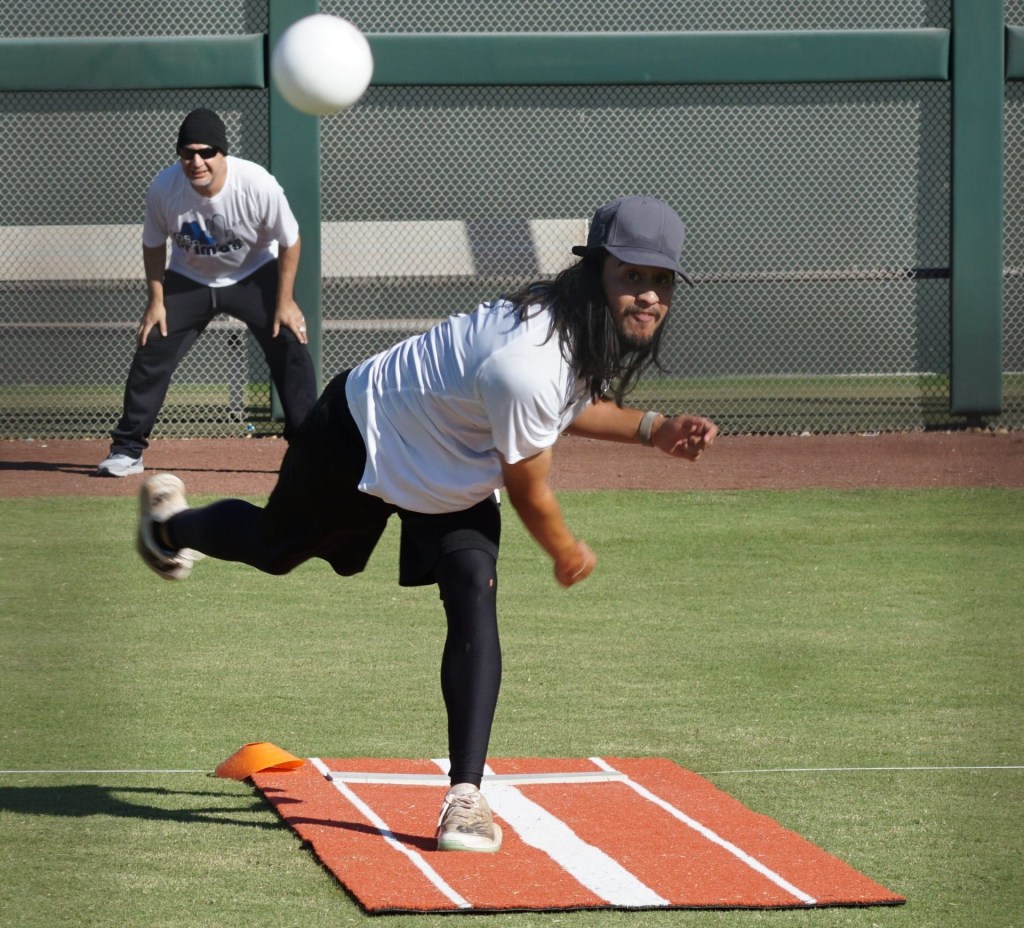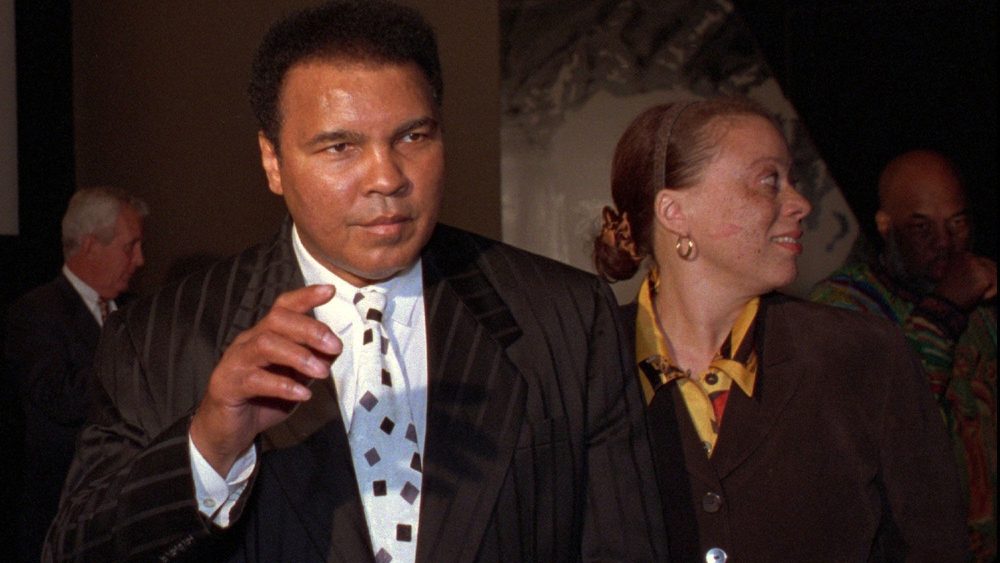The organizations that run pro tennis have asked a federal court to dismiss much of a sweeping antitrust lawsuit from a dozen players and the Professional Tennis Players Association.
The motions, filed last Tuesday night and early Wednesday morning, asked the judge in the case to throw out much of the case and send the remainder to binding arbitration or a different court. They also asked the judge to stay the case.
The lawsuit, filed in March, alleges a vast antitrust conspiracy among the governing bodies to restrain player pay, control the number of tournaments, impose harsh work conditions, and punish dissent. The defendants are the ATP and WTA Tours, the International Tennis Federation, and the International Tennis Integrity Agency, which oversees the sport’s drug testing and monitors integrity issues. They each filed their own individual motion to dismiss, as well as a joint version seeking to remove the PTPA as a plaintiff.
The bodies took a common tactic in sports lawsuits, claiming the case should be sent to binding arbitration or another court. To play on the tours, or on the ITF’s feeder circuits, players must sign a membership form that includes an arbitration or forum provision.
“This Court should compel arbitration for the WTA Plaintiffs in accordance with the arbitration provision in the WTA Rulebook,” the WTA motion reads. The ITF similarly contends, “The arbitration agreements between the 12 Player Plaintiffs cover this dispute, are enforceable, and should be enforced.” In the ATP’s case, its forum provision requires cases to be filed in Delaware, not the New York federal court the players’ case is in.
Whether the forms tennis players sign in order to play on tour are the same as the NFL’s and other leagues’ is likely to be contested. The arbitration terms in leagues like the NFL are collectively bargained, while a tennis player is an independent contractor who has no choice but to sign if he or she wants to play.
And the ITIA argues in its own motion to dismiss that it has no role in organizing the pro tennis business and playing structure, but its role is limited to drug testing and monitoring for game fixing.
“Nowhere in their 475-paragraph Complaint do Plaintiffs allege a single fact, much less plausibly allege, that the ITIA—an entity whose mission is to safeguard the integrity of professional tennis by overseeing the anti-doping and anti-corruption rules…entered into an agreement to monopsonize the market for men’s and women’s professional tennis players.”
The lawsuit alleges the four defendants formed an illegal monopoly and over professional tennis. The suit, filed in several countries, calls the governing bodies a “cartel.”
The four defendants also filed a motion to dismiss jointly to remove the PTPA from the case. The PTPA has testified it has no official members because of tour rules that prevent membership in competing organizations, and the defendants argue that the PTPA accordingly has no standing.
The ATP and WTA also sought to have players from opposite tours dismissed as plaintiffs. In other words, the ATP wants to remove women’s players from the suit against the men’s tour, and the WTA wants to remove men’s players from the suit against the women’s tour.
The players and the PTPA sued the four defendants jointly. The 12 former and current players are Vasek Pospisil, Nicholas Kyrgios, Anastasia Rodionova, Nicole MelicharMartinez, Saisai Zheng, Sorana Cîrstea, John-Patrick Smith, Noah Rubin, Aldila Sutjiadi, Varvara Gracheva, Tennys Sandgren, and Reilly Opelka. Novak Djokovic, who co-founded the PTPA with Pospisil, did not join the lawsuit.
While much of the arguments in the filings concerned what are largely legalistic matters like forum and standing, the defendants did briefly address the core charge of collusion.
“In the absence of ‘factual matter’ suggesting ATP and WTA entered into an unlawful agreement, any claim that there is a conspiracy between ATP and WTA is simply not plausible and should be dismissed,” the ATP wrote.
And the WTA argued, “Plaintiffs’ Complaint only provides a handful of conclusory allegations of a conspiracy between the WTA and ATP.
“Because this Circuit gives no effect to legal conclusions couched as factual allegations, Plaintiffs’ conclusory allegations of an agreement do not supply facts adequate to show illegality and must fail.”
There is a hearing in the case next week to schedule important deadlines in the case. The court might set dates to argue these motions then.

















